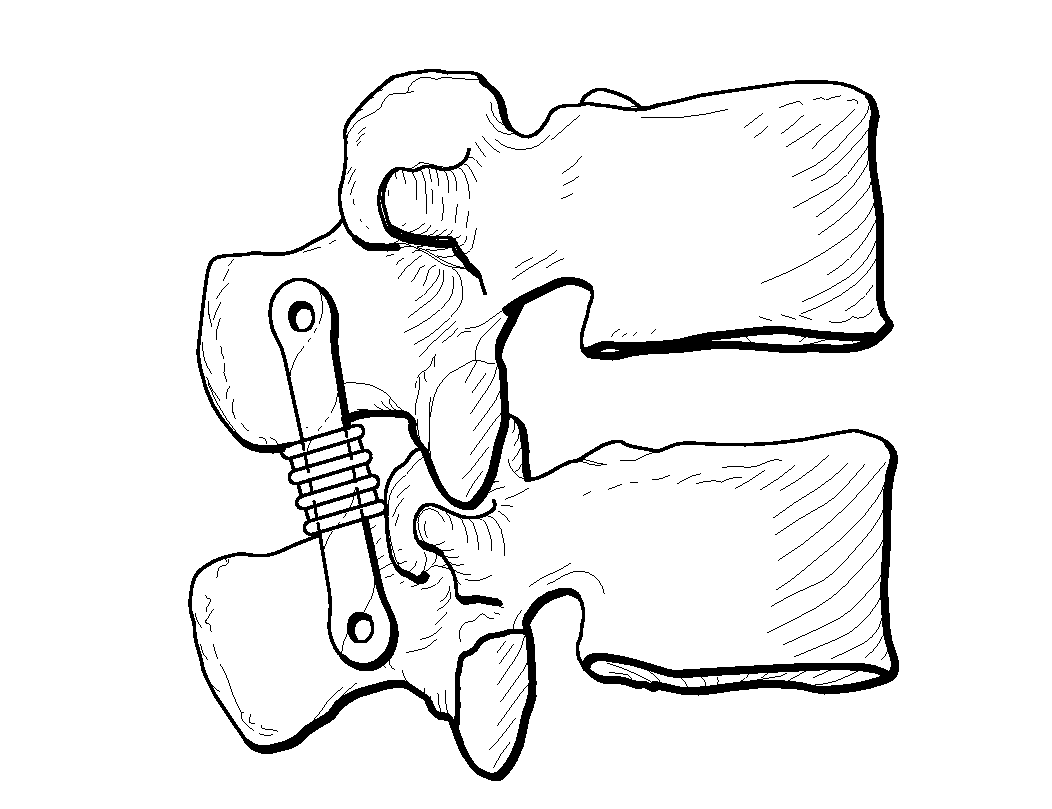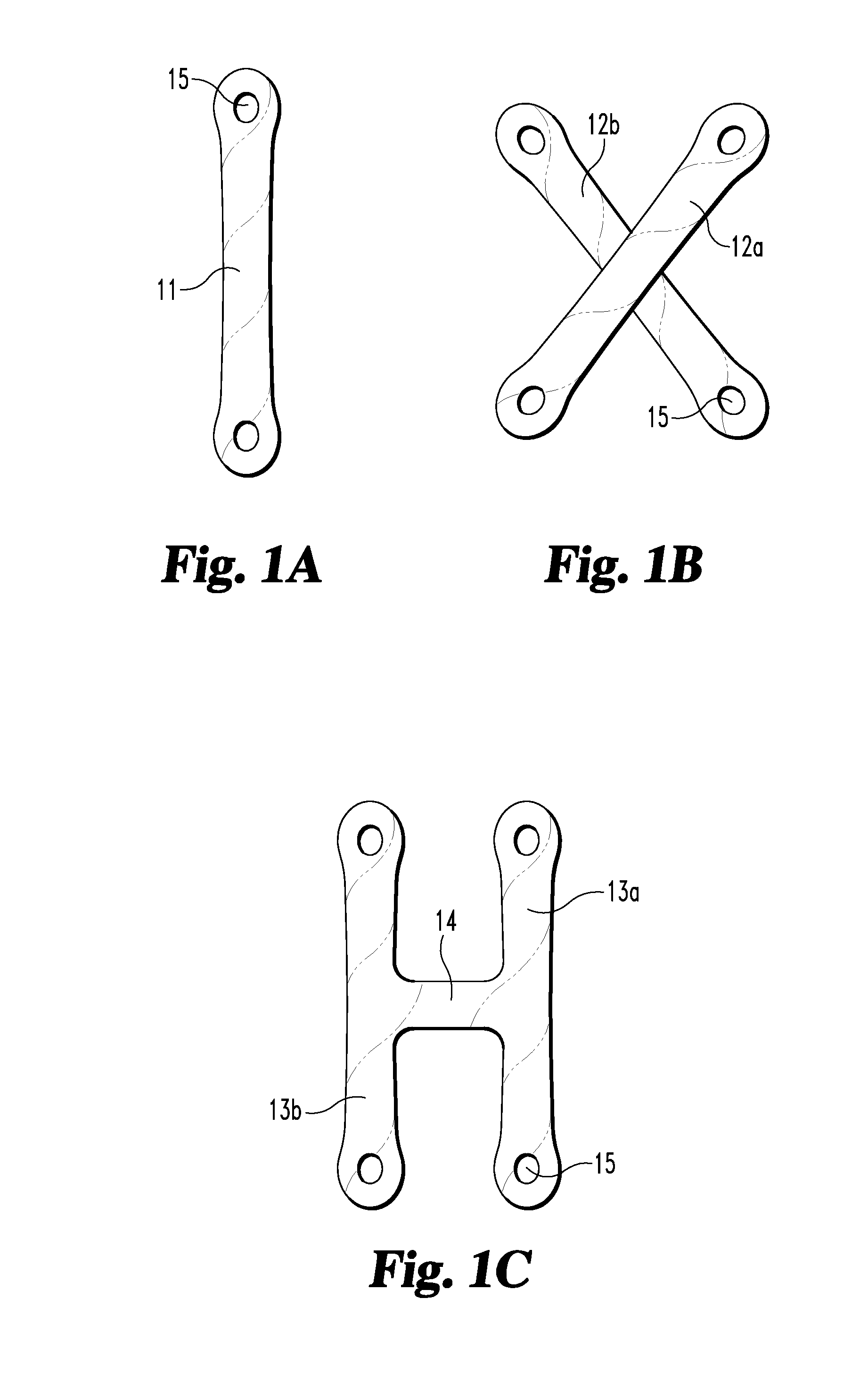Spinal Stabilization Devices and Methods
- Summary
- Abstract
- Description
- Claims
- Application Information
AI Technical Summary
Benefits of technology
Problems solved by technology
Method used
Image
Examples
Embodiment Construction
[0021]For the purposes of promoting an understanding of the principles of the invention, reference will now be made to certain embodiments thereof and specific language will be used to describe the same. It will nevertheless be understood that no limitation of the scope of the invention is thereby intended, such alterations and further modifications of the disclosed embodiments being contemplated as would normally occur to one skilled in the art to which the invention relates.
[0022]As indicated above, one aspect of the present invention relates to stabilizers for stabilizing a spine, wherein the stabilizers comprise, consist of, or consist essentially of a bioresorbable, nonosteogenic, and / or biointegrable material such as natural tissue. In some embodiments the stabilizers may be used to stabilize a single vertebra, and thus to protect against excessive and / or undesired motion of that segment. In other embodiments the stabilizers may be used to hold two to more spinal motion segmen...
PUM
 Login to View More
Login to View More Abstract
Description
Claims
Application Information
 Login to View More
Login to View More - R&D
- Intellectual Property
- Life Sciences
- Materials
- Tech Scout
- Unparalleled Data Quality
- Higher Quality Content
- 60% Fewer Hallucinations
Browse by: Latest US Patents, China's latest patents, Technical Efficacy Thesaurus, Application Domain, Technology Topic, Popular Technical Reports.
© 2025 PatSnap. All rights reserved.Legal|Privacy policy|Modern Slavery Act Transparency Statement|Sitemap|About US| Contact US: help@patsnap.com



